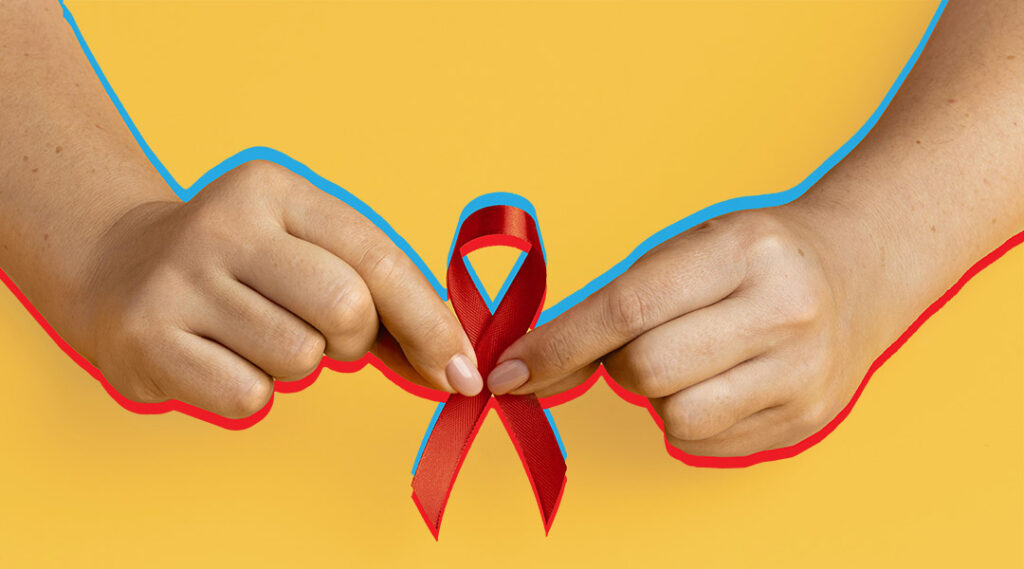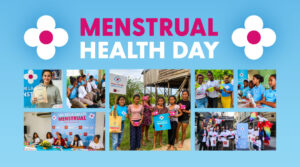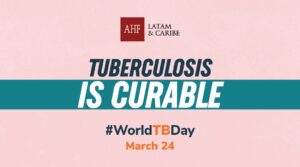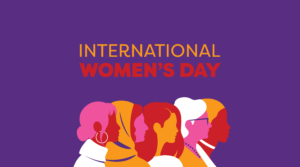The world has the formula to end AIDS by 2030, but that goal will not be achieved without the necessary determination and action, says the Joint United Nations Program on HIV/AIDS (UNAIDS) in its most recent biannual report.
The document explains that the path to end AIDS as a global health threat is clear and there are already several countries in the world (in Africa, a continent hard hit by the epidemic) that are demonstrating it. “We have a solution if we follow the leadership of countries that have forged a strong political commitment to put people first and invest in evidence-based HIV prevention and treatment programs,” UNAIDS says.
The path is clear
Throughout the more than four decades of the HIV pandemic, multiple strategies have been tried to slow the spread of transmission. Experience has shown what are the best practices to achieve this, so much so that five countries in the world – Botswana, Eswatini, Rwanda, the United Republic of Tanzania and Zimbabwe – have already achieved the 95-95-95 targets. These objectives refer to:
• 95% of people living with HIV know their diagnosis.
• 95% of people diagnosed receive antiretroviral treatment.
• 95% of people on treatment keep the infection controlled (undetectable).
According to the UNAIDS report, entitled The Road to Ending AIDS, the countries that have prioritized people and communities in their programs and public policies are those that are leading the way in ending AIDS by 2030.
However, collaboration between governments, communities directly affected by HIV and financial donors such as the Global Fund to Fight AIDS, Tuberculosis and Malaria is also important.
Basic pillars
In addition to the sectors involved, the basic strategies for an effective response to HIV are:
- Provide accessible HIV prevention and treatment services, which protects people’s health and well-being.
- Give priority to approaches that defend and guarantee human rights.
- Eliminate social inequalities in all HIV-related services and resources.
- Collect and use reliable and detailed data on the epidemic.
- Generate and maintain strong political commitment.
- Involve communities affected by HIV.
- Guarantee equitable access to medicines and other health tools.
- Adopt innovative approaches, based on the latest scientific advances.
- Fully finance those health services that are comprehensive and accessible.
Treatment saves lives
In the last 30 years, antiretroviral treatment has prevented almost 21 million deaths. The goal of the drugs is to keep HIV undetectable, that is, at levels so low that they cannot be picked up by common laboratory tests.
Viral suppression has also been shown to reduce the possibility of sexual transmission of the virus to zero (known as undetectable = untransmutable). This means that the treatment, in addition to improving the expectation and quality of life of people living with HIV, also has a benefit for the community by preventing new infections through sexual contact.
Globally, 76% of adult women and 67% of adult men with HIV who are on antiretroviral treatment have an undetectable virus level. However, this is not the same in boys and girls, since only 46% of minors with the virus have suppressed it.
Prevention is the first step
It is estimated that, during 2022, there were around 1.3 million new HIV infections in the world, the lowest number in decades, according to UNAIDS. The steepest declines occurred among boys and girls (0-14 years) and youth (15-24 years). In both cases, this progress is the product of effective interventions focused on these groups.
For example, the lower number of new infections in women and greater coverage of HIV treatment among people living with HIV allowed for a 58% decrease in the annual number of new infections in children globally between 2010 and 2022 (130,000, the lowest since the 1980s). Similarly, programs to prevent transmission of the virus during pregnancy have averted 3.4 million new HIV infections in girls and boys since 2000.
It should be noted that, according to UNAIDS data, the reductions in the number of new HIV infections are greater in the region most impacted by the epidemic: Sub-Saharan Africa. It is there where the strategies have proven their effectiveness and have managed to reduce the burden that HIV represents for countries.
Evidence, basis of the work
UNAIDS calls on governments, funders and communities to follow the scientific evidence that has been obtained on strategies that do work. As Winnie Byanyima, Director of UNAIDS, mentions in her message about the report: the path to ending AIDS is clear, it takes determination to walk it and reach the goal.
Remember that at AHF Latin America and the Caribbean we work every day to stop the HIV pandemic through our services. If you want to get a free screening test or need free condoms, come to our offices in your country or write to us by WhatsApp to get them.







